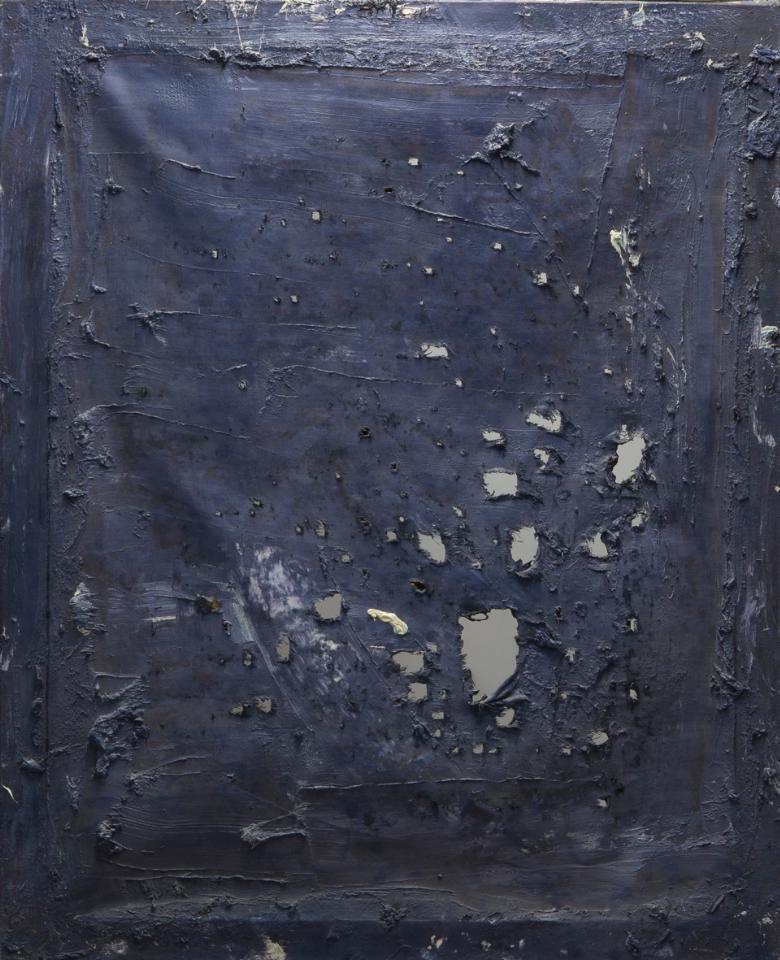Jacek Sempoliński
The Skull
Jacek Sempoliński
The Skull, 1986, oil on canvas, 100 × 81 cm
Collection II of the Arsenal Gallery in Białystok. Work purchased by the Arsenal Gallery

Jacek Sempoliński’s works record the revaluations he had conducted in the course of several decades of creative work. Reflections concerning art, the status of an artist, and the human condition are coupled with considerations of a theoretical nature, referring to aesthetical and ethical qualities. Sempoliński was a painter and a seasoned thinker who closely observed his own artistic decisions and steps taken under the influence of a sudden impulse. Art education received under the eye of colourists made him sensitive to colour, to the material qualities of the paint and the expressiveness of texture; this will be evident in his work throughout his entire creative life.
The Skull belongs to a larger group of works under the same title, dating from the 1980s and early 1990s. A little before that, Sempoliński abandoned his concentrated research on the potential of colour, which he conducted mainly in a genre crucial to the colourists: the landscape. Afterwards, his reflections and his purely painterly decisions began to centre on the issues of faith, death, and the essence of humanity; his expressive language underwent a transformation as well. Canvases from the Skull cycle are kept in the monochromatic palette of dirty blue, purple and ash-grey hues. Paint is applied thickly and broad brushstrokes indicate a vigorous gesture. The surface of the canvas is spattered with clumps of paint. Strong emotions are expressed through the act of punching holes through the canvas. Sempoliński’s Diary makes it possible to link this period in his creative life with the experience of illness and his mother’s death. The Skull is a visual record of a struggle with existential problems, an expression of helplessness in the fact of the inevitable.
In the late 1990s, Sempoliński returned to the gesture of destroying his work. At that time, he obliterated his earlier works, covering them with a thick layer of paint; on their reverses he wrote their new titles and dates. This is how his “dual” paintings emerged; the concept of duality provides one of the keys to interpreting his work. Crucially, in the period when the Skulls were being created Sempoliński drew a series of his self-portraits in the nude, to which he afterwards did not return for a long time. One of the works thus “destroyed” was a canvas from the Skull cycle, over which Sempoliński painted a set of genitals. As put by Maria Poprzęcka, duality is here revealed as a conjunction of the opposites: the power of death and the power of life, eroticism and eschatology.
Izabela Kopania
translated from Polish by Klaudyna Michałowicz

PLAN YOUR VISIT
Opening times:
Thuesday – Sunday
10:00-18:00
Last admission
to exhibition is at:
17.30